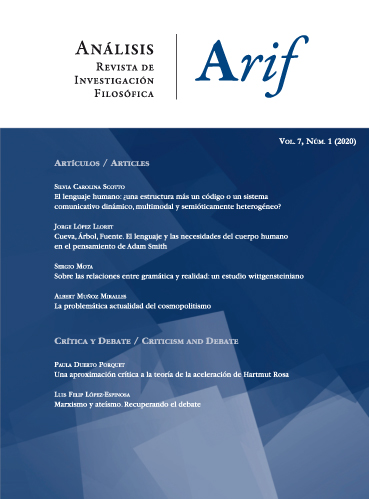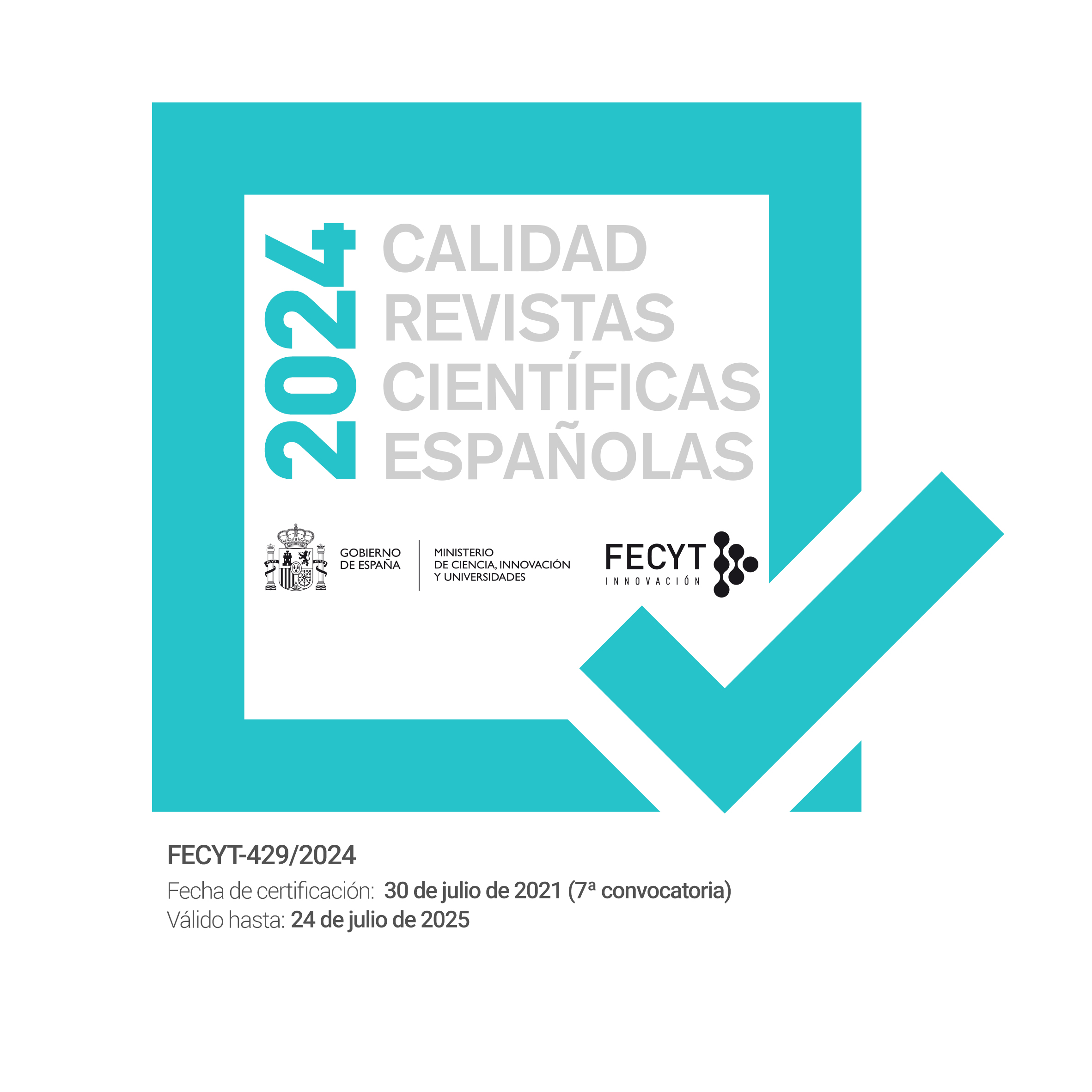El lenguaje humano: ¿una estructura más un código o un sistema dinámico, multimodal y semióticamente heterogéneo?
DOI:
https://doi.org/10.26754/ojs_arif/a.rif.202013494Resumen
Los estudios comparados del lenguaje humano y los sistemas de comunicación animal, así como el campo de investigación sobre la evolución del lenguaje, estimularon una reflexión específica acerca de los rasgos distintivos del lenguaje humano. Me propongo examinar el modelo de los rasgos de diseño propuesto por Charles Hockett, cuya influencia en las dos áreas mencionadas ha sido notable. Mi objetivo es poner en evidencia cómo los presupuestos en los que se asienta: la preeminencia de la estructura sobre la función y de los rasgos del código sobre las habilidades cognitivas de sus usuarios, comunes a otros enfoques formales dominantes en la lingüística, lo convierten en una herramienta teóricamente ineficaz para ambas áreas de investigación. En particular, objetaré el papel que asigna a los dos primeros rasgos de diseño: el canal vocal-auditivo y la arbitrariedad. Finalmente, lo contrastaré con los enfoques basados en el uso, asentados en los presupuestos contrarios. Estos enfoques caracterizan al lenguaje como un “mosaico” de habilidades cognitivas, individuales y sociales, que se manifiestan en una variedad de vehículos y modalidades, por lo cual proporcionan herramientas teóricas más adecuadas para explicar la evolución del lenguaje así como sus diferencias y semejanzas con los sistemas de comunicación animal.
Mostras las descargas
Descargas
Publicado
Número
Sección
Licencia
Los autores que publican en esta revista están de acuerdo con los siguientes términos: los autores conservan los derechos de autor y garantizan a la revista el derecho de ser la primera publicación del trabajo al igual que licenciado bajo una Creative Commons Reconocimiento-No Comercial-Sin Obra Derivada 4.0 (CC BY-NC-ND) que permite a otros compartir el trabajo con un reconocimiento de la autoría del trabajo y la publicación inicial en esta revista. Los autores pueden establecer por separado acuerdos adicionales para la distribución no exclusiva de la versión de la obra publicada en la revista (por ejemplo, situarlo en un repositorio institucional o publicarlo en un libro), con un reconocimiento de su publicación inicial en esta revista.
Cómo citar
Aceptado 2019-09-05
Publicado 2020-06-29






